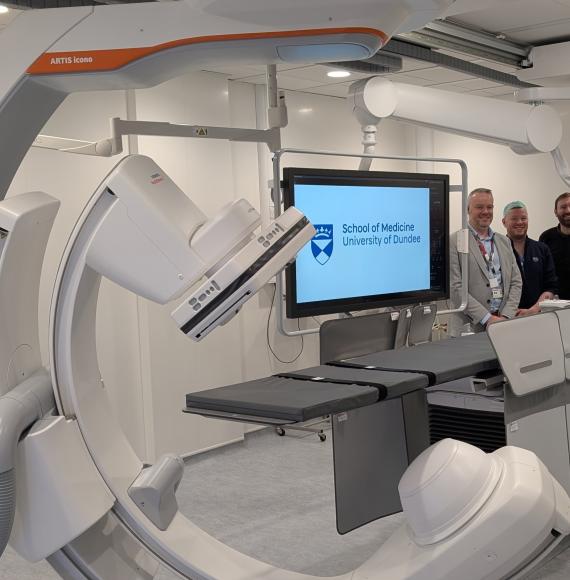An annual bill of £9.7bn was what it cost to run the NHS estate in 2019/20, it has been revealed by new data released by NHS Digital.
The data comes from the newly-published results of the 2019/20 Estates Return Information Collection (ERIC), a mandatory collection for all NHS trusts – including ambulance trusts – relating to the costs of providing, maintaining and servicing the NHS estate.
This including buildings, maintaining and equipping hospitals, the costs and consumption of utilities and the provision of services, e.g. laundry and food.
The 2019/20 data covers the period of data relating to the financial year of April 1, 2019 through to March 31, 2020, but the publication date for the results were delayed until January 2021 from their usual October release schedule.
All 224 NHS trusts, including 10 ambulance trusts, had ERIC data collected from them, with the key findings showing nationally that:
- The total costs of running the NHS estate were reported at £9.7bn annually
- The total energy usage from all energy sources across the NHS estate amounted to 11.3bn kW/h
- The total cost to eradicate backlog was £9bn over the year
- The total cost for cleaning services was £1.1bn annually
- The total cost of providing inpatient food was £600m across the 2019/20 period
Full details can be found in the Data Quality Statement
The £9bn spent on backlog, also reported as ‘backlog maintenance’ related to how much would need to be invested to restore a building to a certain state based on a state of assessed risk criteria. It did not include planned maintenance work (that being work which should have already taken place).
The delayed publication date for these figures was to permit trusts an extended window to check and submit their data, with Covid-19 disrupting normal operations.
NHS Digital intend for the publication of ERIC data for the current financial year to return to it’s usual timing in October 2021 for the next annual release.



















